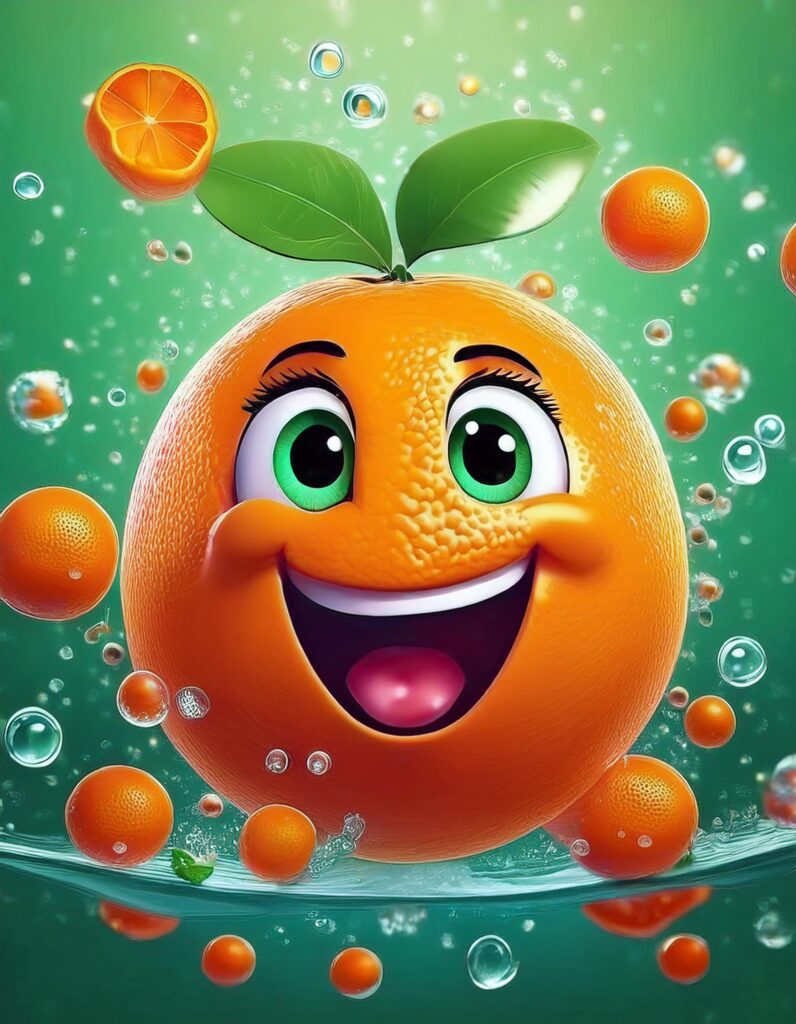



Welcome to our mom-friendly corner of creative kitchen chemistry where science is as sweet as orange juice and just as exciting! Today, we're diving into a bubbly experiment that's perfect for little hands and big imaginations: the Orange Fizz Experiment.
This delightful activity is not just a fun way to spend an afternoon but also a fantastic opportunity to introduce your kids to the wonders of science. With just an orange and a bit of baking soda, you can create a fizzy reaction that will have your kids' eyes sparkling with curiosity. It's a simple setup: cut the orange into halves, sprinkle the baking soda on top, and watch the magic happen!
Now, let's peel back the layers of science behind this effervescent experience. The fizz you see is the result of a chemical reaction between the citric acid in the orange and the sodium bicarbonate (baking soda). This reaction falls under the branch of science known as chemistry, specifically studying acids, bases, and their reactions. When they combine, they create carbon dioxide gas – those are the bubbles you see!
If you're looking to switch things up or if you're fresh out of oranges, fear not! You can substitute the orange with other citrus fruits like lemons, limes, or grapefruits. Each fruit has its own level of citric acid, so you might notice different strengths of reactions. As for the baking soda, if you're out, you can use powdered citric acid and see a reverse reaction when combined with a base like soapy water.
This experiment is ideal for children aged 5 and up, with adult supervision to ensure safety and explain the science. The preparation is minimal, requiring only the gathering of materials. The active time is equally brief, with the reaction occurring almost immediately upon combining the ingredients. It's a quick and satisfying display of science in action!
So, why not turn snack time into a science lesson? It's a perfect way to engage young minds, teach them about chemical reactions, and maybe even inspire the next generation of scientists. Plus, it's a blast – literally!
Click here for the full experiment details. Checkout the main website: Science Fun for Everyone!
Get experimenting!
Feed your knowledge.
Come back for more recipes for science!